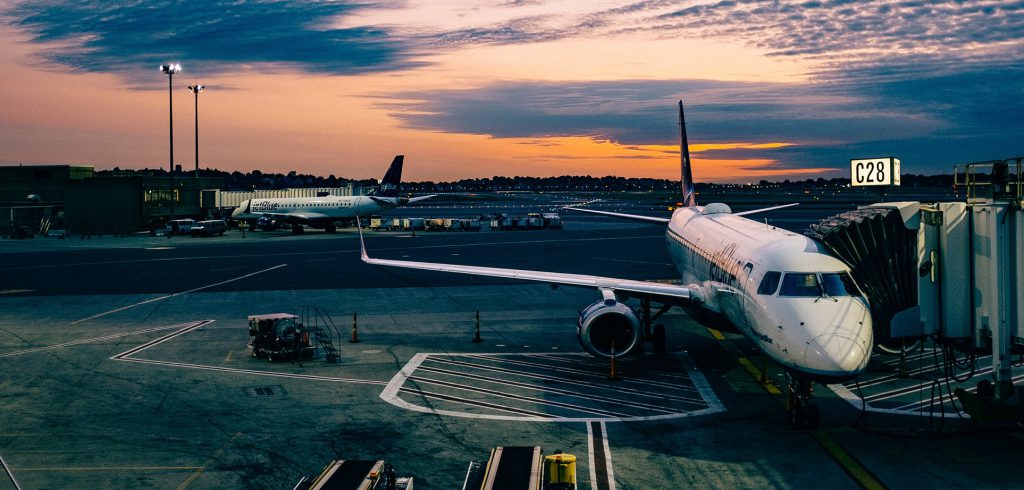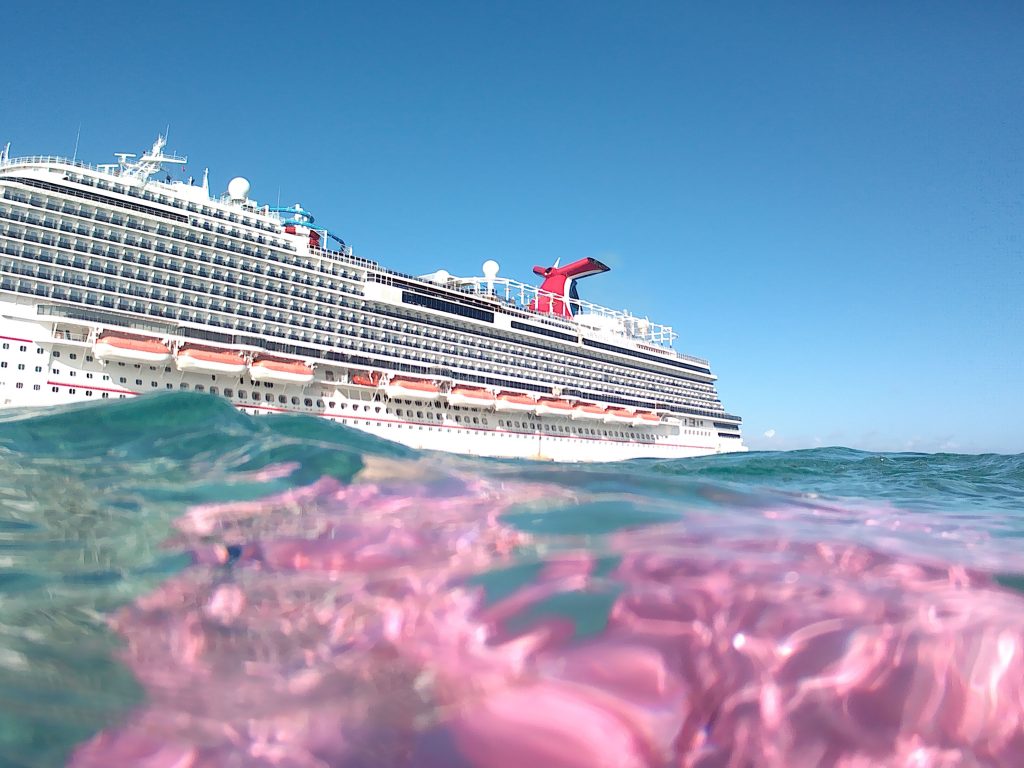Everyone loves a stroke of branding and public relations genius, and 2019 had its fair share of wins – we’ll never forget chicken sandwich wars, Greta Thunberg mania, the rise of meatless burgers, and the US Women’s National Team’s World Cup dominance.
But let’s be real: it’s a lot more fun reading about the companies that couldn’t get out of their own way when it came to strengthening or protecting their brand, so we’re breaking down the biggest PR blunders of 2019 and looking ahead to what 2020 may hold.
Without further ado…
WeWork: This was the kitchen sink of PR catastrophes – complete with gross mismanagement at the highest level, flawed budget projections, skittish investors, serial lay-offs, an on-again-off-again IPO, and lingering concerns over a company’s entire business model. WeWork rode into 2019 on top of the world, the indisputable king of a fast-growing market segment that it had seemingly perfected. But the company took its market position for granted by expanding too quickly and failing to detach its brand image from that of its founder. From one week to the next, WeWork’s model was revealed to be a financial house of cards, sending investors for the exits and leaving a new leadership team to pick up the pieces. We’ll find out what those pieces are worth in 2020.

Boeing and the FAA: After a series of airline PR gaffes in 2018, the aviation industry suffered another turbulent year in 2019 thanks in large part to chronic missteps by manufacturing giant Boeing. The company’s 737 MAX-8 airplane initially debuted in 2016 as a versatile workhorse of the sky. But two crashes and 346 deaths later, the MAX-8 was finally grounded in March 2019 – setting off a media blitz to find out what went wrong. It’s been a downhill slide ever since, thanks to a cascade of news reports that have uncovered faulty engineering and a flawed certification process at both Boeing and the Federal Aviation Administration, a steady stream of lawsuits, and the inevitable dismissal of the company’s CEO in late December.

E-Cigarettes: A product initially marketed as a ‘healthy’ alternative to smoking spent the better part of 2019 playing damage control, caught at the intersection of alleged medical liability and regulatory scrutiny. As of December 2019, there have been more than 2,500 cases of vaping-related illnesses reported in all 50 states, including 54 suspected deaths. The Centers for Disease Control issued warnings to consumers, and by the end of the year, the FDA had banned retailers from selling flavored vaping products linked with a rise in use among youths. 2020 will be a pivotal year for the industry, as new medical studies are expected to be released. Their findings could instill renewed confidence in consumers, or send the sector up in smoke.
College admissions: An already murky process got a whole lot shadier in 2019 when a pay-to-play admissions scandal was thrust into the international spotlight, exposing a ring of wealthy parents, Hollywood stars, crooked college admissions ‘counselors’ and unwitting students. Those responsible for perpetrating the fraud are facing justice, but the whole thing begs the question: what other scams are at work within the uber-competitive admissions process that haven’t seen the light of day?

Carnival Cruise Lines: In an era of heightened corporate social responsibility, it’s hard to fathom a company making the same repeated environmental mistakes after getting called out over and over again. But that’s what’s happening at the world’s largest cruise company, which has been under the regulatory microscope since 2017, when it first plead guilty to illegally dumping waste in the ocean. A federal agency found that Carnival continued dumping in 2019, raising questions about its internal oversight. The episode has landed Carnival Chair Micky Arison in federal court, where he’s had no choice but to apologize and vow to get better. If Carnival is going to right the ship in 2020, then it’ll take a calculated PR campaign and an about-face in the corporate compliance department.







 See More Blogs
See More Blogs
Comments